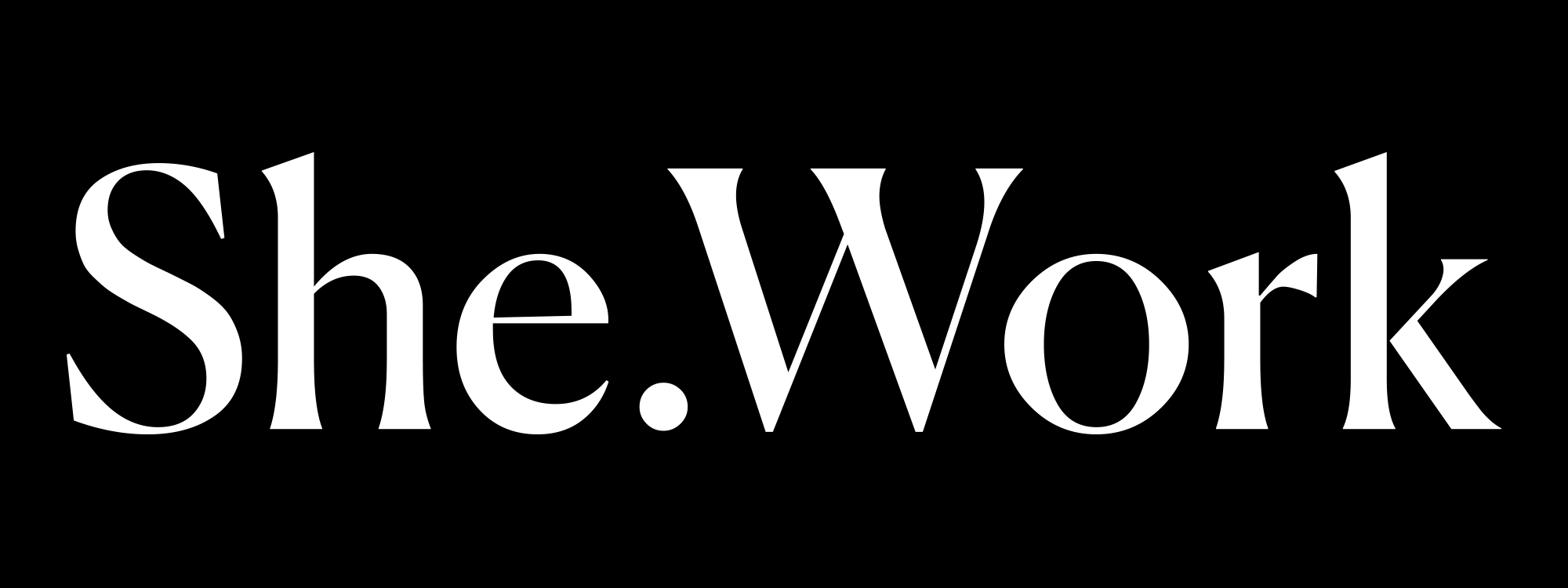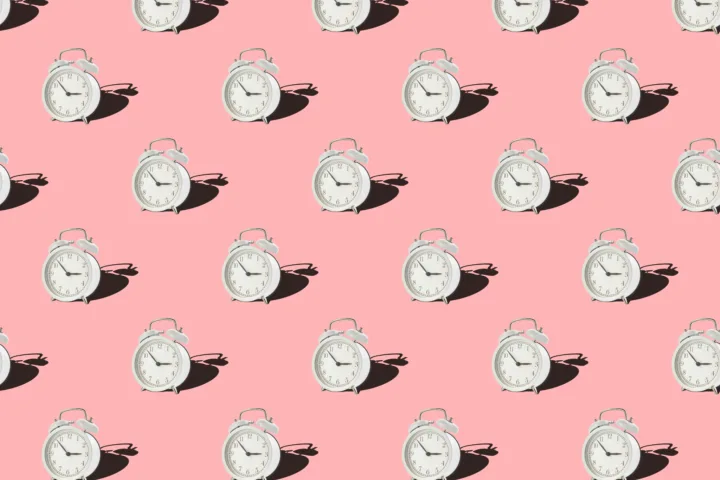She smiles in the Zoom call.
Answers late-night emails with a cheerful tone.
Shows up early, stays late, and never misses a deadline.
She is reliable.
She is calm.
She is burning out.
High-functioning anxiety is one of the most misunderstood emotional struggles facing women in the workplace today. It rarely looks like distress. It looks like high performance.
But underneath the organized calendar, polished appearance, and professional demeanor, there is a storm. And because she looks fine, because she always looks fine, no one asks how she is really doing.
Understanding High-Functioning Anxiety
High-functioning anxiety is not a clinical term, but mental health professionals use it to describe a real and growing pattern: people who live with chronic anxiety yet maintain the appearance of success. These individuals are often praised for their ambition, discipline, and commitment. But behind that excellence is a deep sense of unease.
Dr. Chloe Carmichael, clinical psychologist and author of Nervous Energy, says it clearly:
✿ Thank you for reading!
Subscribe to be our bestie, no spam—just good vibes once a month.
“High-functioning anxiety is anxiety that fuels achievement. The person might look calm and successful on the outside, but inside they are constantly battling fears of failure, not being enough, or being exposed as an imposter” (Carmichael, 2020).
This makes high-functioning anxiety especially difficult to spot and even harder to talk about. For professional women, the mask is not just personal. It is strategic. In many environments, showing emotional struggle is still seen as weakness.
The Weight of Expectations
Professional women are navigating multiple layers of pressure. At work, they are expected to perform with confidence, clarity, and poise. At home, they often carry the bulk of caregiving, emotional labor, and planning. Socially, they are told to be selfless, flexible, and likable.
A 2022 study in Frontiers in Psychology found that women in corporate environments are more likely to report symptoms of anxiety than men in comparable roles. The risk increases in male-dominated industries and for women in middle management, where expectations are high and support is low.
For women of color, immigrant women, and women with marginalized identities, the stakes are even higher. The pressure to “overdeliver” as a way to combat bias and earn credibility often leads to deeper emotional exhaustion.
The result is this: high-performing women who look “fine,” but feel like they are barely holding it together.
How It Looks in Real Life
High-functioning anxiety can hide behind behaviors that are praised in corporate culture:
- Over-preparing for meetings, projects, and presentations to avoid criticism
- People-pleasing, saying yes to extra work even when overloaded
- Constant self-monitoring, replaying conversations and fearing they said the wrong thing
- Imposter syndrome, where success feels undeserved or fragile
- Fear of rest, believing that slowing down means falling behind
This is not a healthy ambition. It is survival mode. It is producing at the expense of peace.
And what is worse, many of these behaviors are rewarded.
The woman who is the first to volunteer and the last to leave is seen as a “rockstar.”
The woman who says she is fine—even when she is not—is called “strong.”
The woman who works through pain, through loss, through exhaustion is labeled “inspiring.”
But is she okay?
The Mental Health Cost
There is a difference between looking well and being well. High-functioning anxiety may go unnoticed by colleagues, friends, and even family—but it takes a toll.
When the body stays in a prolonged state of internal stress, it triggers both mental and physical symptoms. Over time, this can lead to:
- Burnout
- Depression
- Sleep disorders
- Gastrointestinal issues
- Chronic muscle tension and fatigue
- Difficulty concentrating and memory problems
In the long run, what starts as a silent coping mechanism becomes a threat to health and well-being.
What Organizations Need to Understand
The question is not whether your workplace employs women with high-functioning anxiety. It is whether they feel safe enough to say so.
Creating mentally healthy environments is no longer a benefit. It is a necessity.
Leaders and HR teams should consider the following:
- Redefine success beyond just outcomes. Include sustainability, emotional intelligence, and psychological safety.
- Train managers to spot less-visible signs of distress. Do not wait until performance drops to start caring.
- Make mental health visible and supported. Offer access to therapy, normalize sick days for emotional well-being, and include mental health in leadership discussions.
- Move beyond awareness to policy. Encourage rest without guilt. Challenge the “always on” culture.
As Dr. Marc Brackett of the Yale Center for Emotional Intelligence says:
“Allowing space for full emotional expression makes teams more resilient, not less” (Brackett, 2019).
What Professional Women Can Do
High-functioning anxiety is powerful, but it is not permanent. With care, awareness, and support, women can begin to separate their self-worth from their output.
- Recognize the pattern. Just because no one sees your anxiety does not mean it is not real.
- Build emotional literacy. Learn to identify your stress signals before they escalate.
- Set boundaries, gently but firmly. Saying no is a leadership skill.
- Seek help not when things collapse, but before. Therapy, coaching, and peer support are powerful tools.
- Be kind to yourself. Perfection is not a prerequisite for belonging.
You deserve to be celebrated not just for what you do, but for who you are.
The Bigger Picture
When someone says, “You look fine,” what they often mean is, “You are doing such a good job holding it all together.” But what if that very ability to hold it together is the reason she feels invisible?
At She.Work, we believe emotional wellness is not a luxury. It is a leadership value. It is time we stop praising women for how much they carry and start supporting them in putting things down.
Because looking fine is not the goal.
Living well is.
References
Brackett, M. (2019). Permission to Feel. Celadon Books.
Carmichael, C. (2020). Nervous Energy: Harness the Power of Your Anxiety. St. Martin’s Essentials.
Frontiers in Psychology. (2022). Gender Differences in Anxiety Among Corporate Professionals. https://www.frontiersin.org/articles/10.3389/fpsyg.2022.812345/full
✱ If you liked this article, please share it with a friend who could use inspiration.
If you have a topic in mind or a story to share anonymously or with your name, email us at team@she.work









